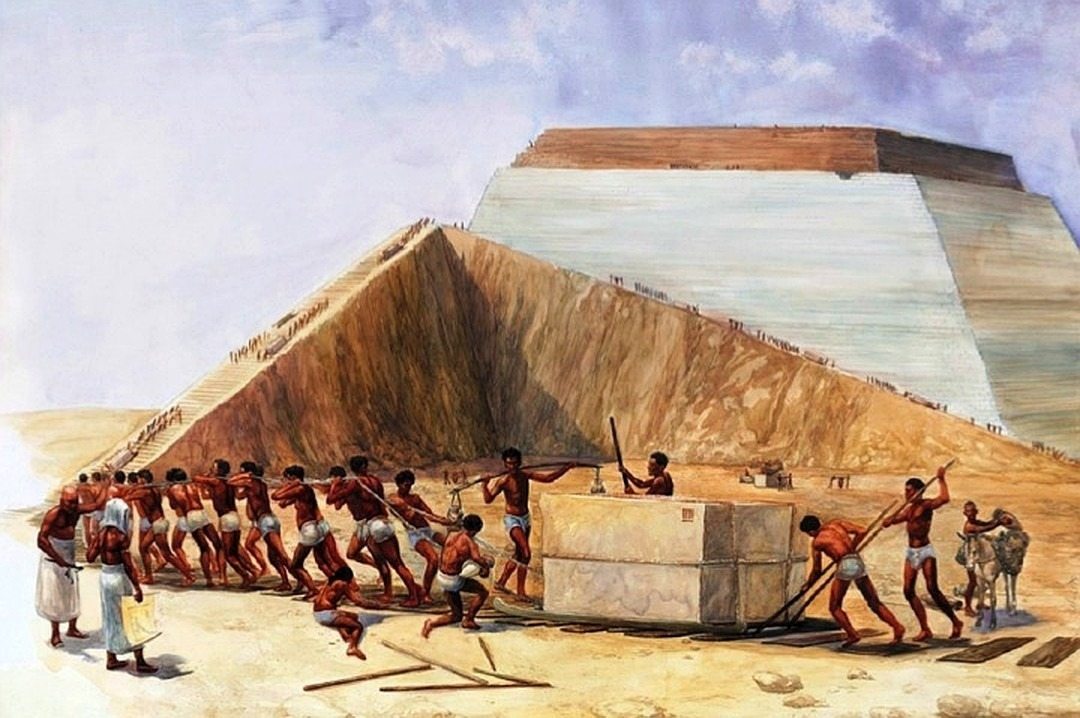It’s mind-boggling that construction workers still struggle to fix the potholes on my road when the ancient Egyptians were whipping up 100-odd pyramids 4,500 years ago.
It’s one of Earth’s great mysteries (the pyramids, not potholes on my road), and now I know more about how they were made.
A group of archaeologists has developed a theory about how those substantial stone slabs were moved around the desert.
To be clear, there were no aliens involved.
It’s mind-boggling when you consider that the Great Pyramid is made up of over 2.3 million blocks of limestone and granite, each weighing around two tons.
However, scientists now think that the ancient civilization used a tributary of the Nile to help move the huge stones to the desert.
A group of researchers was eager to prove their theory, so they tested five fossilized soil samples from the Giza floodplain.
A lab in France then analyzed the samples for pollen and vegetation to prove that there was once an ancient waterway.
Collecting the soil sample was challenging work. Archeologists had to dig up to 9 meters (30ft) deep to capture thousands of years of Egypt’s history.
In an amazing turn of events, they confirmed the existence of the Khufu Branch of the Nile, which carried the stone slabs to their final resting place—before it dried up in 600 BC.
The international team of researchers also found 61 species of plants during their intensive study.
Environmental geographer Hader Sheisha commented that building the pyramids would be “impossible” without this tributary.
Even more amazingly, the discovery was inspired by a piece of papyrus found in the Red Sea.
The parchment fragment tells the story of an official named Merer who had to transport limestone up the Nile to a construction site in Giza.
“I was interested to find out that this confirms that the pyramid’s building materials were transported over water,” said Shiesha, recalling the moment to The New York Times.
While the waterway may be long gone, the study author believes its discovery will help uncover more secrets about the pyramids, such as how they hoisted the stones.
She told the New York Times: “Gaining more insight into the environment could help us solve some of the mysteries surrounding the pyramids’ construction.”
Let’s hope we won’t have to wait too long to find out more.

 Discuss
More news
Discuss
More news


